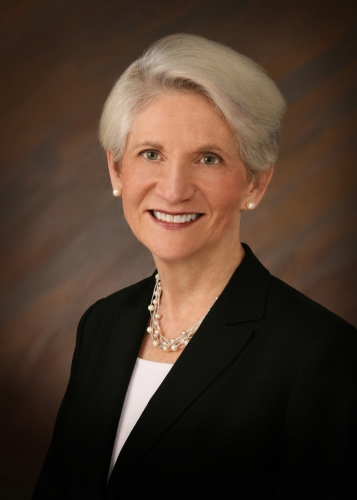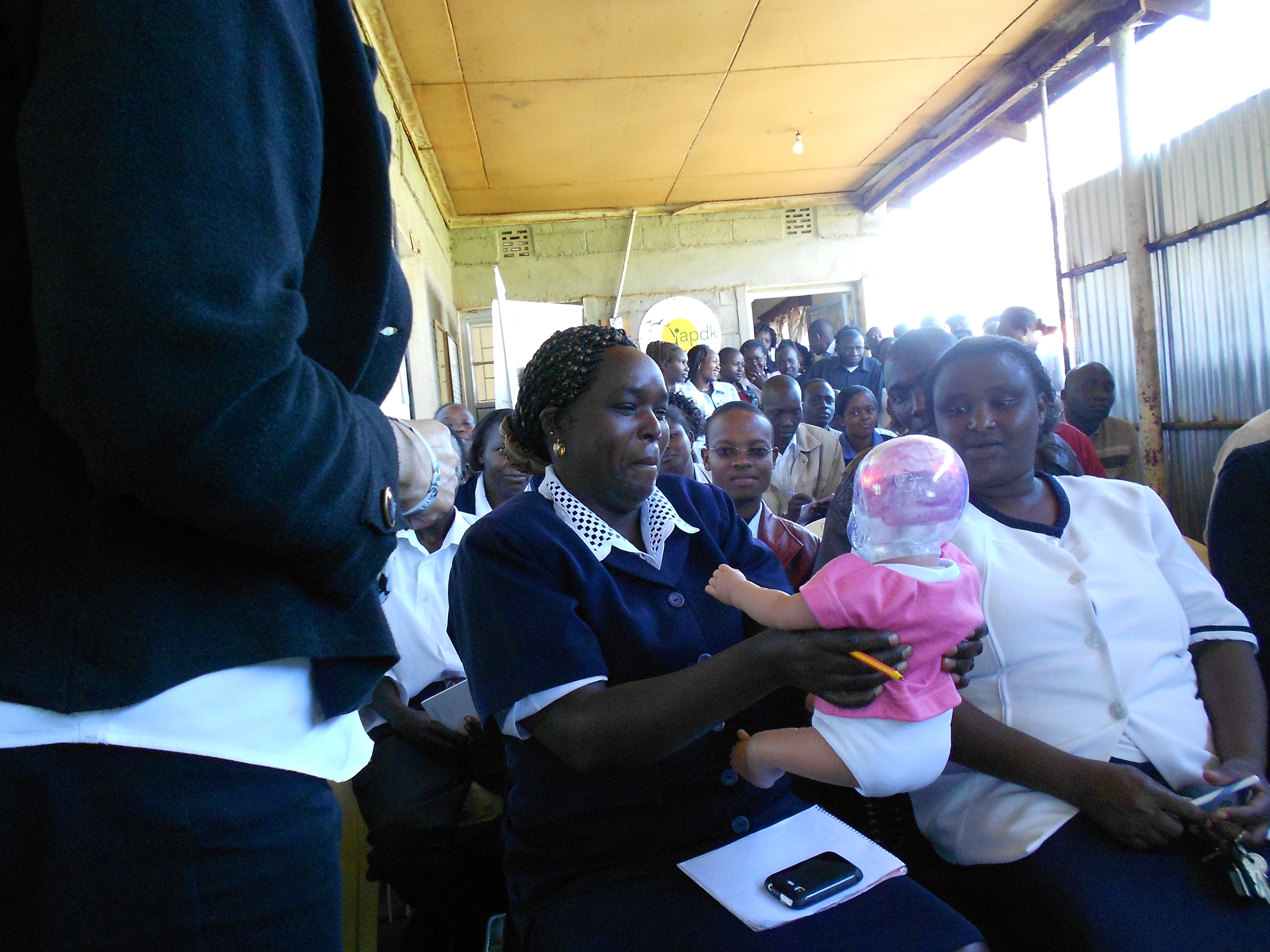A Nurse’s First Death: Remembering James
This guest post was written by Karen Hardin, MSN, RN, NE-BC, CNE, the director of the bachelor of science in nursing programs at Marian University, Indianapolis, IN. In 2012 she attended Telling Stories, Discovering Voice: A Writing Weekend for Nurses, offered by the CHMP’s program in Narrative Writing for Health Care Professionals.
 Forty years ago this summer I graduated from a diploma nursing program at a large city hospital. I agreed to stay on as a nurse and was assigned to the female surgical unit. I was pulled, on my first day, to the male unit across the hall, which became my home for the next three years. I progressed from new graduate to charge nurse to head nurse within a year. Now, that hospital is moving to a state-of-the art facility, and that move, along with my 40th anniversary, have put me in mind of 1973, a year of many firsts for me: first job, first paycheck, first white uniform, first patient death.
Forty years ago this summer I graduated from a diploma nursing program at a large city hospital. I agreed to stay on as a nurse and was assigned to the female surgical unit. I was pulled, on my first day, to the male unit across the hall, which became my home for the next three years. I progressed from new graduate to charge nurse to head nurse within a year. Now, that hospital is moving to a state-of-the art facility, and that move, along with my 40th anniversary, have put me in mind of 1973, a year of many firsts for me: first job, first paycheck, first white uniform, first patient death.
First death: I knew James (not his real name) for only the last hour of his life. I’ve never forgotten him or the events of that day.
The day started with morning report from the night-shift charge nurse, Mac. We all called each other by last name, but we called her Mac. She sat at the head of the table in the nurses’ station at 7 AM. I, the only RN at the table, sat next to her. She’d started working there the year I was born.
Immediately after assignments were posted, I made my first set of rounds. James was in the second bed by the window in 16B, one of two four-bed rooms. He had been in the ICU until the night before. I took the clipboard from the foot of the bed and looked through his records: temperature, pulse, blood pressure, intake, and output. I introduced myself as the day-shift charge nurse. I did a quick head to toe. I checked his nasal canal. I checked the IV rate, solution, and site. I made sure that his abdominal dressing was dry and intact, his pedal pulses were present, and he was alert and oriented times three. I assessed the other three patients in the room and as I left, James asked me, “What do they call you around here, Little Mac?”









